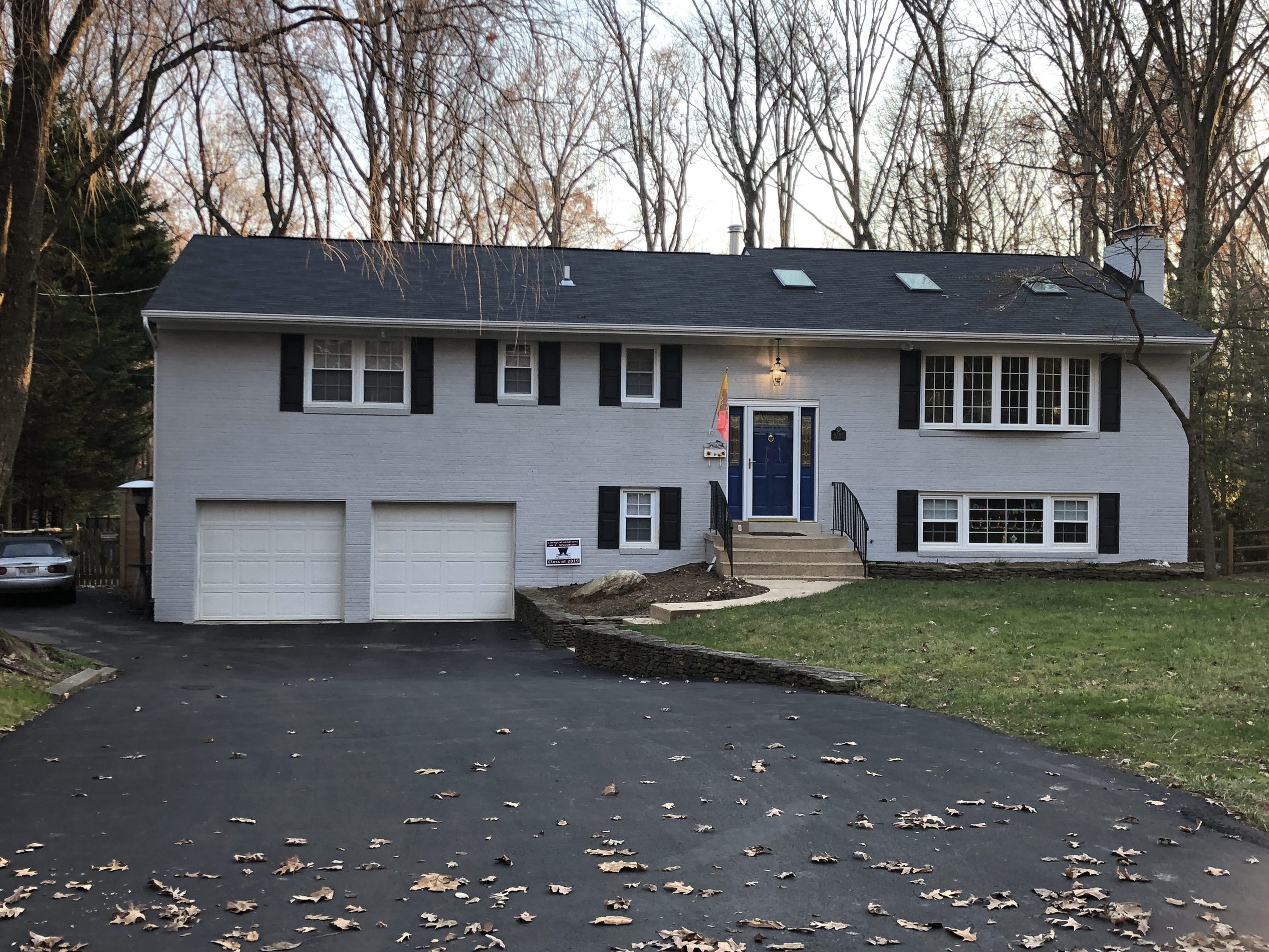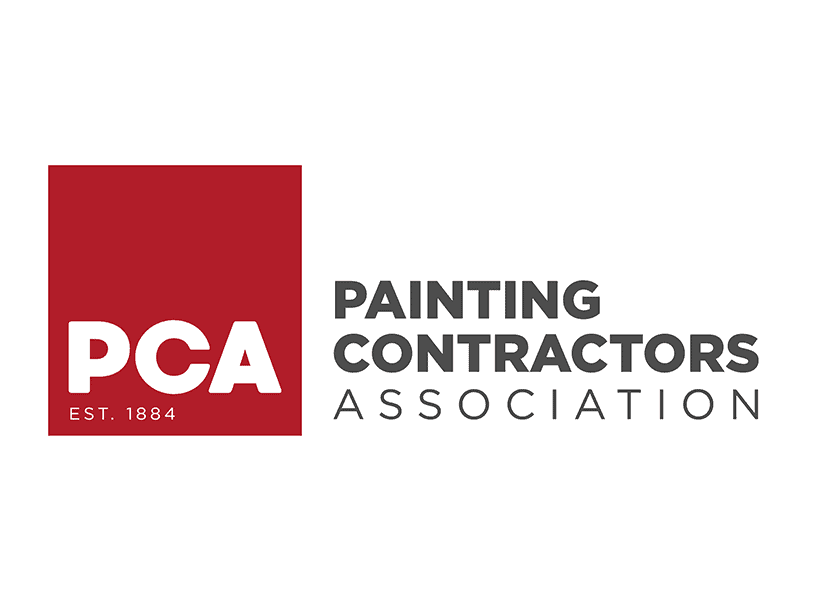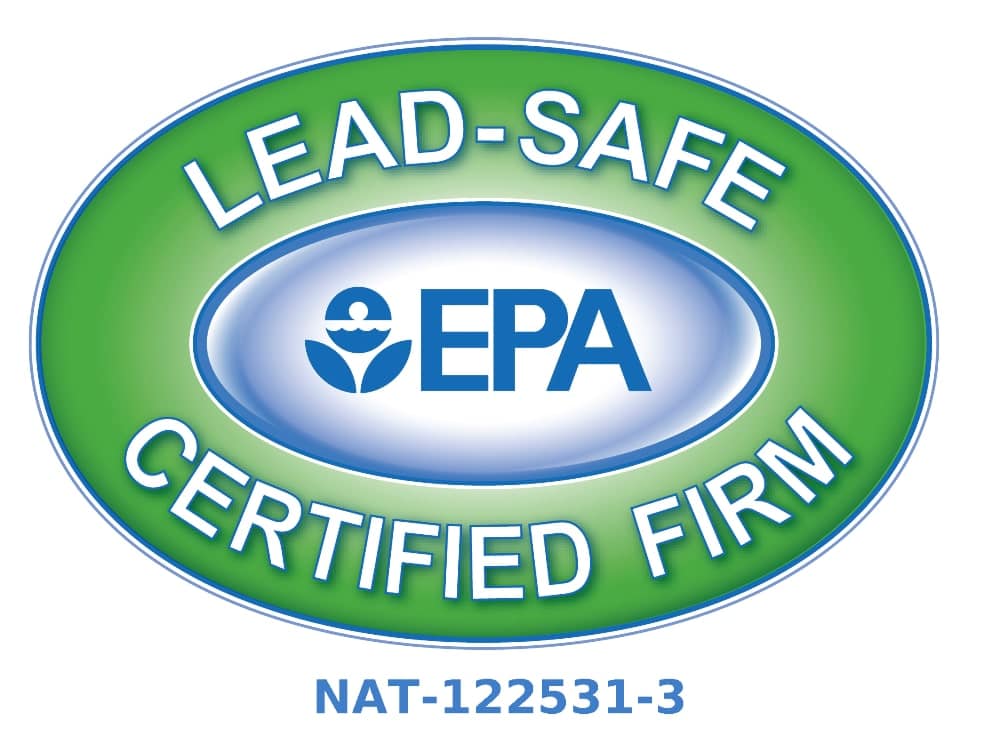
20 Jun Brick House Painting
Last month we profiled a beautiful brick home made even more spectacular when we painted the brick facade. The before and after pictures spoke for themselves, as did the transformational power of paint. It’s important to note, however, that while painting brick exteriors is an excellent option, it’s not ideal for all bricks or homes. We’re always happy to provide an assessment of your brick. Meanwhile, here are a few things to note when it comes to painting brick.
If you would like to paint the brick on the inside your home, rather than the outside, here’s a great link in Architectural Digest discussing how you can do that. However, if it’s a large amount of brick, we strongly recommend a professional do the work.
Painting Brick Facades:
Brick is an extremely durable building material making it a popular choice. They come in various types, sizes, colors, and, to some degree, durability. While most bricks weren’t designed or created to be painted, some brick may be painted. It’s important to note that not all bricks are conducive to being painted. Before brick is painted, it will require expert planning and application if you hope for it to last several years.
Quality and Condition:
The quality and condition of your brick help an expert determine whether it can be painted over. If it’s in poor condition with evidence of deterioration, chipping, mold, efflorescence (white residue), moisture, or chipped mortar, it might be too compromised to accept and sustain paint well. Moisture is pretty much the enemy of any painted surface, and bricks are no different. If water has seeped into the brick from the inside (likely via the mortar), it likely won’t hold paint well.
The home’s brick facade needs to be carefully evaluated to determine whether painting over the surface will be a good idea in the long run.
Preparing Brick For Paint:
Given the chemical differences between brick and mortar, it’s crucial that the correct primer is used by an experienced contractor. Bricks are typically neutral while the mortar is more alkaline. An alkaline resistant primer will be needed before painting.
Any evidence of efflorescence, the white residue you often see on older brick, needs to be addressed. Efflorescence is a salt build-up. It’s water soluble and can be evidence of moisture inside the brick. On a brick surface you’d like to paint, it’s a red flag. It has to be removed before painting. If it returns once it’s removed, it’s a sign of a moisture that must be addressed. It also could mean that it’s not advisable to paint the brick.
All of the exterior brick must be cleaned thoroughly and professionally with the appropriate chemicals before it can be painted. It should be dried for at least 24 hours.
All cracks must be sealed. Mortar joints must be fixed as well.
The Best Paint For Bricks:
Given that exterior bricks are exposed to the weather, they require different paint than you would use for interior bricks – just like you would with any indoor and outdoor painting. The Brick Industry Association advises using a porous paint for exterior brick walls, so the brick can breathe. Any reputable paint professional will tell you that using a high-quality paint is critical for long-term success in the integrity of the painted surface. There are specific products for these types of jobs, and they should be used.

Mike Katounas is the owner of Home Works Painting, a painting business in Northern Virginia. He has over 15 years of experience in residential interior and exterior painting, drywall installation/repair, carpentry, wallpaper removal, power washing, commercial painting, color consultation, and staining/sealing. Their service areas include Chantilly, Fairfax, Herndon, Oakton, Reston. Mike takes pride in his work, and he always follows a strict code of conduct that includes the use of quality paint, a clean workspace, and an honest, respectful approach to his customers.












Sorry, the comment form is closed at this time.